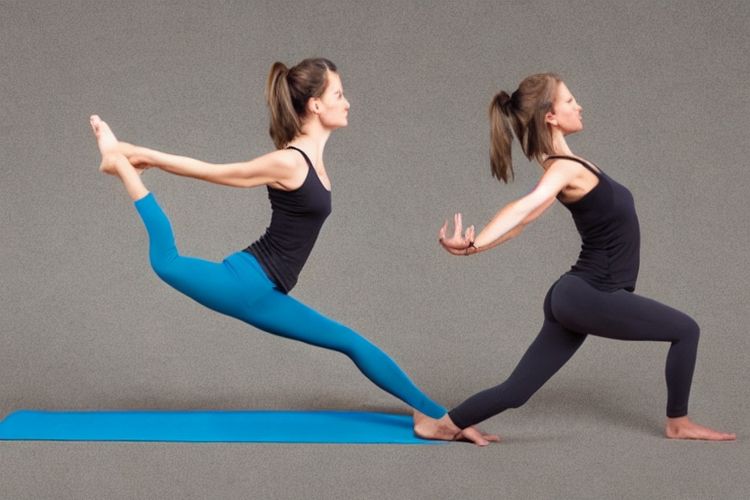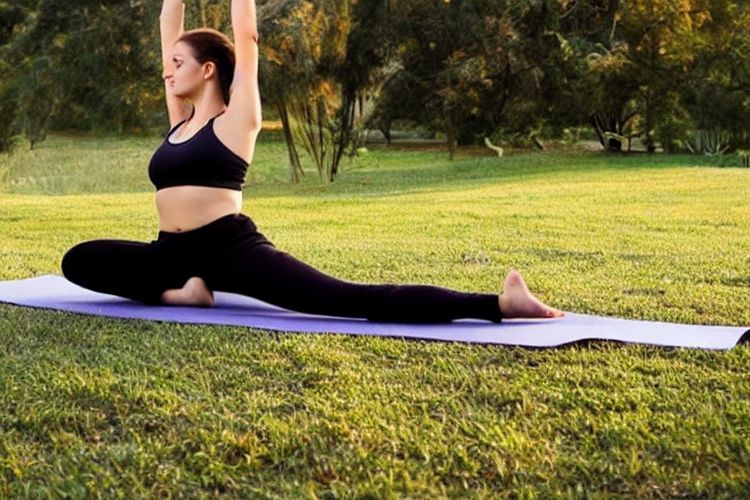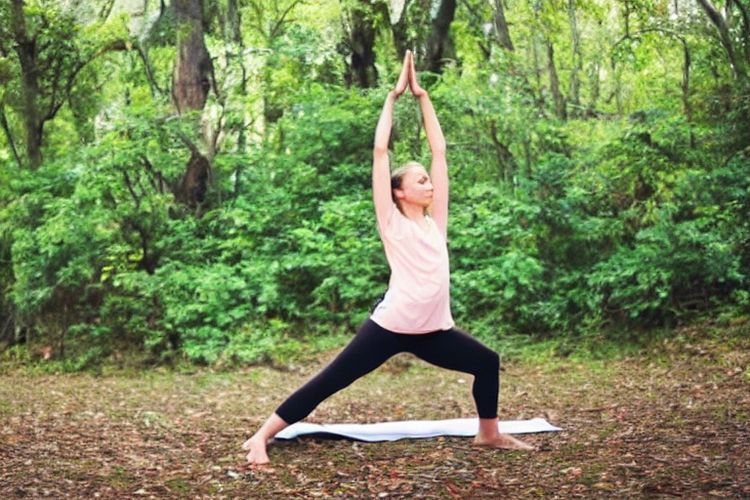The Dynamic Duo: How Yoga Enhances both Balance and Flexibility

Yoga is a practice that has been around for centuries, providing a multitude of physical and mental benefits to those who engage in it. Among its many advantages, yoga is renowned for enhancing both balance and flexibility. These two attributes are like a dynamic duo that work together to improve overall physical health and well-being. Let’s explore how yoga can help enhance both balance and flexibility.
Balance is an essential component of any physical activity. It allows us to maintain stability and control our movements effectively. Lack of balance can result in falls and injuries, particularly as we age. Regular yoga practice can significantly improve balance, as it requires coordination and focus on body alignment.
Yoga poses, also known as asanas, challenge our balance by introducing various standing, balancing, and inverted postures. These poses target specific muscle groups while promoting strength, stability, and proprioception. Proprioception, our sense of body awareness and position, is crucial for maintaining balance.
Poses like Tree Pose (Vrikshasana) and Eagle Pose (Garudasana) work on single-leg stability, helping to strengthen the legs, ankles, and core. They also require a calm and focused mind, contributing to enhanced concentration and attention to details.
Flexibility, on the other hand, refers to the range of motion our joints can achieve. Maintaining good flexibility is vital for overall health, as it allows us to move freely and perform everyday activities with ease. Limited flexibility can lead to muscle imbalances, restricted movements, and increased risk of injuries.
Yoga is a fantastic tool to improve flexibility as it incorporates both static and dynamic stretching. Dynamic stretching involves moving our bodies through fluid and controlled motions, while static stretching involves holding a pose for an extended period.
Yoga poses often require lengthening and stretching muscles in various parts of the body. For example, the Downward-Facing Dog (Adho Mukha Svanasana) pose stretches the hamstrings, calves, and shoulder muscles. The Cobra Pose (Bhujangasana) opens up the chest, shoulders, and abdomen, while the Bridge Pose (Setu Bandhasana) stretches the hip flexors and front body.
Consistent yoga practice gradually increases flexibility by lengthening tight muscles and improving joint mobility. It also helps to prevent the accumulation of muscle tension and promotes relaxation, which contributes to a deeper range of motion.
Furthermore, yoga encourages mindful breathing and relaxation techniques, which can reduce stress and anxiety. When we are stressed, our muscles tend to tense up, limiting our flexibility. Yoga’s emphasis on relaxation and breathing allows us to release tension and increase our flexibility naturally.
In conclusion, the practice of yoga provides numerous benefits, including enhanced balance and flexibility. The dynamic duo of balance and flexibility work together to improve physical health, prevent injuries, and enhance overall well-being. Whether you are a beginner or an experienced practitioner, yoga offers a variety of poses and sequences that target different muscle groups and gradually build core strength, stability, and flexibility. So, roll out your mat, focus on your breath, and let yoga guide you on your path to a more balanced and flexible body.



